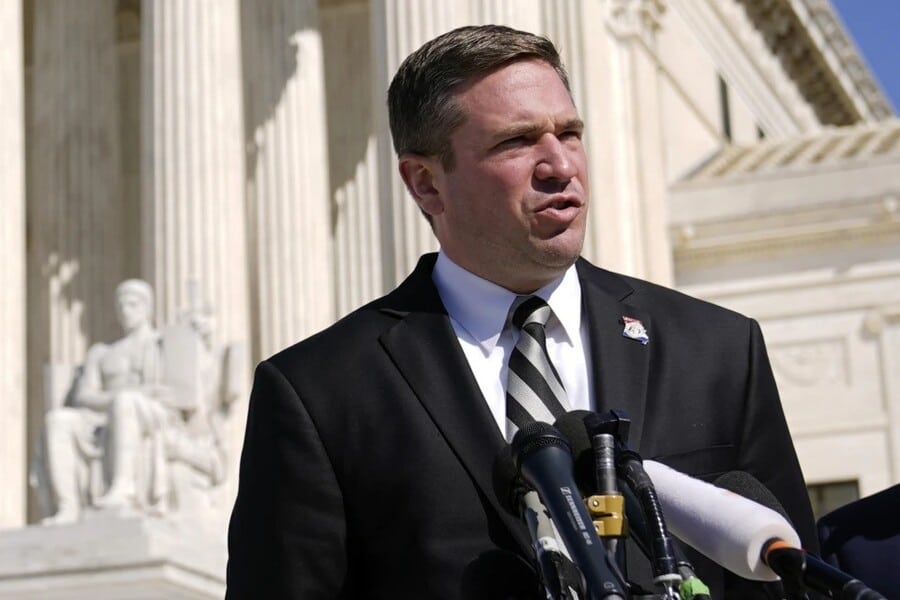
A brutal assault on a 16-year-old student in St. Louis, Missouri, has thrown the state’s education system and juvenile justice practices into sharp relief. The victim, still unidentified due to privacy concerns, suffered critical injuries and remains in a critical condition.
In the aftermath, Missouri Attorney General Andrew Bailey has launched a scathing critique of the school’s handling of student safety, alleging a misplaced focus on ideological programs over concrete safety measures.
This tragic incident has become a flashpoint, reigniting debates on how to ensure the well-being of students, the role of ideology in education, and the effectiveness of Missouri’s juvenile justice system.
Evaluating Educational Priorities and School Safety
At the heart of the controversy is the question of whether schools can maintain a safe environment while also embracing Diversity, Equity, and Inclusion (DEI) initiatives. Attorney General Bailey contends that the school attended by Kaylee may have neglected its primary duty to protect students in favor of promoting what he describes as “divisive racial ideology.”
This criticism follows the brutal beating of Kaylee, which resulted in life-threatening injuries, including a fractured skull and severe brain trauma. The attack, captured in a viral video, showed a group of girls assaulting Kaylee, with one aggressor repeatedly slamming her head into the pavement.
This incident has led to an outcry over the perceived failure of the school to ensure the safety of its students. Critics argue that the exclusion of uniformed law enforcement from the school, a policy implemented in 2021, may have contributed to a less secure environment.
The debate highlights a crucial challenge facing educational institutions today: how to foster an inclusive educational environment without compromising on safety measures that protect students from physical harm.
The Role of DEI Initiatives in Schools
DEI initiatives aim to create a more inclusive and equitable learning environment for students of all backgrounds. However, the criticism following Kaylee’s assault suggests a need for schools to carefully consider how these initiatives are implemented alongside robust safety protocols.
The balance between fostering an inclusive educational culture and ensuring student safety is complex but essential. Critics of the school’s policies argue that there must be a way to pursue educational equity without diminishing the importance of physical safety and security on school premises.
The Urgent Need for Juvenile Justice Reform
The attack on Kaylee also brings to light the broader issue of juvenile crime and justice in Missouri. Attorney General Bailey’s comments reflect a growing concern over the capacity of the state’s juvenile justice system to adequately address and prevent violent crimes committed by young people.
The call for reforms, including the proposition that juveniles involved in violent crimes should be tried as adults, indicates a perceived need for a stricter legal framework to deter youth violence. Recent incidents, such as a shooting at a Kansas City Chiefs parade involving juveniles, have exacerbated concerns about youth crime in Missouri.
These events have catalyzed discussions on the effectiveness of rehabilitation efforts within the juvenile justice system and the potential benefits of more punitive measures. Critics argue that the current system may not sufficiently hold young offenders accountable or deter future crimes, prompting a reevaluation of how the state addresses juvenile justice.
Balancing Safety and Equity: A Multifaceted Approach
Missouri’s education and juvenile justice systems face a complex challenge: ensuring student safety while promoting inclusivity. Re-evaluating policies on law enforcement in schools and implementing DEI initiatives that prioritize safety are key steps.
The juvenile justice system needs reform to deter crime and provide rehabilitation. Reviewing sentencing guidelines and exploring alternative measures that address the root causes of youth violence are crucial. Community engagement is vital. Educators, law enforcement, policymakers, parents, and students must collaborate to find solutions that achieve both equity and safety. This open dialogue can lead to innovative approaches.
Kaylee’s attack has sparked a necessary conversation. A thoughtful examination of existing policies is essential to move forward. By fostering a safe and inclusive environment, and reforming the juvenile justice system, Missouri can create a brighter future for its students. This crisis demands a unified response that prioritizes student safety in educational and judicial reforms. Through collaboration and open dialogue, Missouri can become a model for balancing educational equity with student safety. The memory of Kaylee and others like her should drive the state toward a future where such tragedies are preventable.








